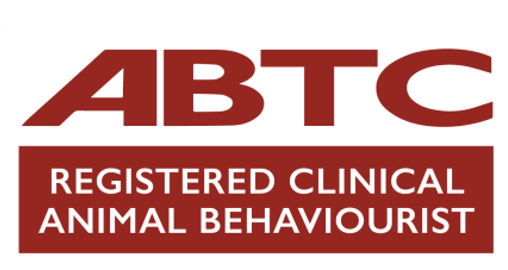When a puppy was found buried with a human skeleton in 1978 at a site called Ain Mallaha in Israel, it was estimated to be around 8,000 to 10,000 years old.
The image (see left) shows the skeleton – thought to be a village elder – resting his hand protectively on top of the puppy’s head, in what some believe is a demonstration of affection. For decades this find was considered the earliest archaeological evidence of the special bond that exists between man and dog.
However, recent exploration of the Chauvet Cave near Vallon-Pont-d’Arc in southern France has led to the discovery of a small child’s foot prints alongside those of a wolf. The cave is the renowned site of some of the world’s oldest paintings with over 400 images of animals created around 32,000 years ago. Analysis of the foot and paw prints suggests these date back 26,000 to 30,000 years, making this the earliest evidence of the human-dog relationship.
Scientists suggest the foot prints are from a barefooted child aged between eight and ten years old, standing around 1.4 metres tall. The foot prints indicate the child was walking alongside a wolf whilst carrying a torch, as a stain of charcoal was left behind, suggesting at some point the child stopped to clean the torch.
This discovery raises further debate about when the domestication of dogs took place. Dog’s ancestor is the grey wolf (Canis lupus) (Larson et al., 2012); scholars have suggested domestication took place around 13,000 to 17,000 years B.C., making dogs the first species to be domesticated (Zeder et al., 2006 p.281). It’s thought cooperation powered dogs’ tameness and tolerant temperament (Hare and Tomasello, 2005), leading to a stable and profitable relationship between man and dog. Moreover, because humans and dogs have faced similar evolutionary pressures along the way, domestic dogs are outstandingly sensitive to human body language, outperforming all other species, including chimpanzees, in decoding our gestures.
Whilst dogs and wolves share a number of characteristics, because dogs were selected as companions they are distinctly different on several key cognitive and behavioural dimensions (Udell et al., 2010). So next time someone claims that dogs are essentially “wolves in our home”, you know better!
Learn more about our classes

Get Hanne's Book
Playing With Your Dog will help any dog owner work out the games that are best suited for their pet to play throughout his life, from puppyhood to old age. The book also shares some tricks for all ages, group activities, and recommended toys that dogs will enjoy.


























